John Sloan, A self-portrait of the artist holding a cup of barium and undergoing an upper gastrointestinal fluoroscopic study under the care of two radiologists, 1926.
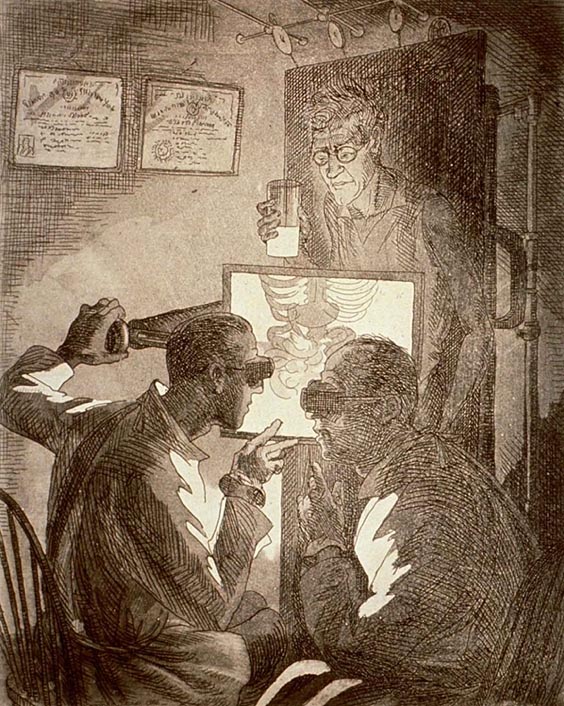
John Sloan, A self-portrait of the artist holding a cup of barium and undergoing an upper gastrointestinal fluoroscopic study under the care of two radiologists, 1926. Medium: etching and aquatint. Collection: National Library of Medicine. – Anatomy is a science predominantly based on visual observation. Therefore, the anatomical body’s existence is seemingly reliant on modes […]
Anicka Yi, Le Pain Symbiotique (2014)
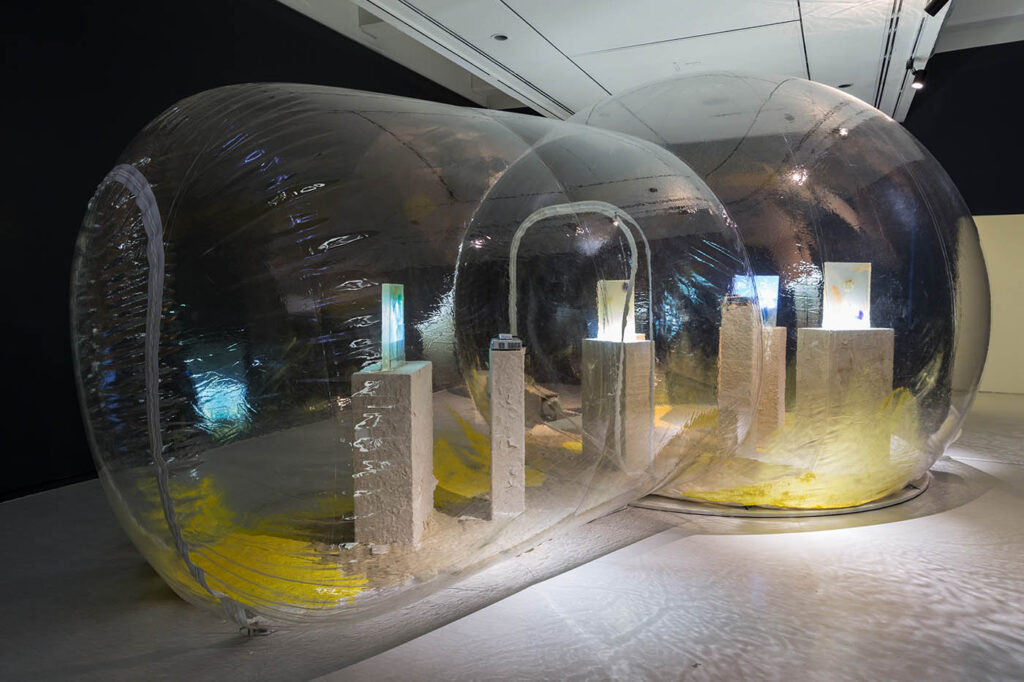
1 2 3 4 Anicka Yi, Le Pain Symbiotique (2014) © 2023 Anicka Yi, courtesy of 47 Canal, New York, and the Taipei Fine Arts Museum, Taipei; licensed by VG Bild-Kunst, Bonn (1, 3) Anicka Yi, Le Pain Symbiotique, PVC dome, projector, single channel video, glycerin soap, resin, dough, pigmented powder, plastic, Mylar, beads, tempera […]
Wangechi Mutu, Histology of the Different Classes of Uterine Tumors (12 works) (2004–05)
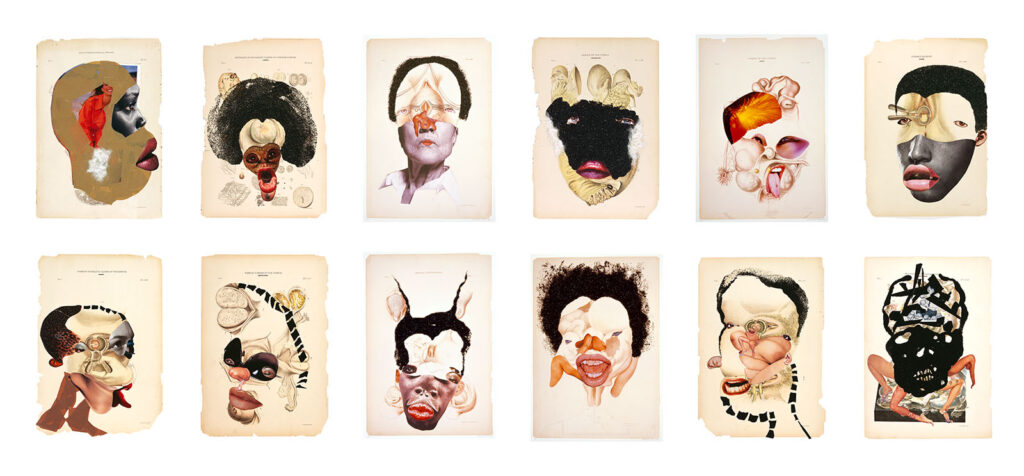
Wangechi Mutu, Histology of the Different Classes of Uterine Tumors (12 works) (2004–05) Series of twelve collages on found printed medical illustrations, including printed paper, glitter, ink, adhesive tape and fur. © Wangechi Mutu. Courtesy of the artist – Wangechi Mutu works expansively across sculpture, film, collage, performance, drawing, and painting. In dialogue with Afrofuturism, […]
Rose B. Simpson, Vital Organ: Gut (2022)

Rose B. Simpson, Vital Organ: Gut (2022) Clay, twine, grout, glaze. Photo credit: Dan Bradica; Jessica Silverman, San Francisco; Jack Shainman Gallery, New York. Courtesy of the artist – Rose B. Simpson works across media: steel, leather, beads, linen, car parts, jute string, volcanic stone. Over the past decade, she has repeatedly turned to ceramic […]
Mary Reid Kelley with Patrick Kelley, This is Offal (2015)
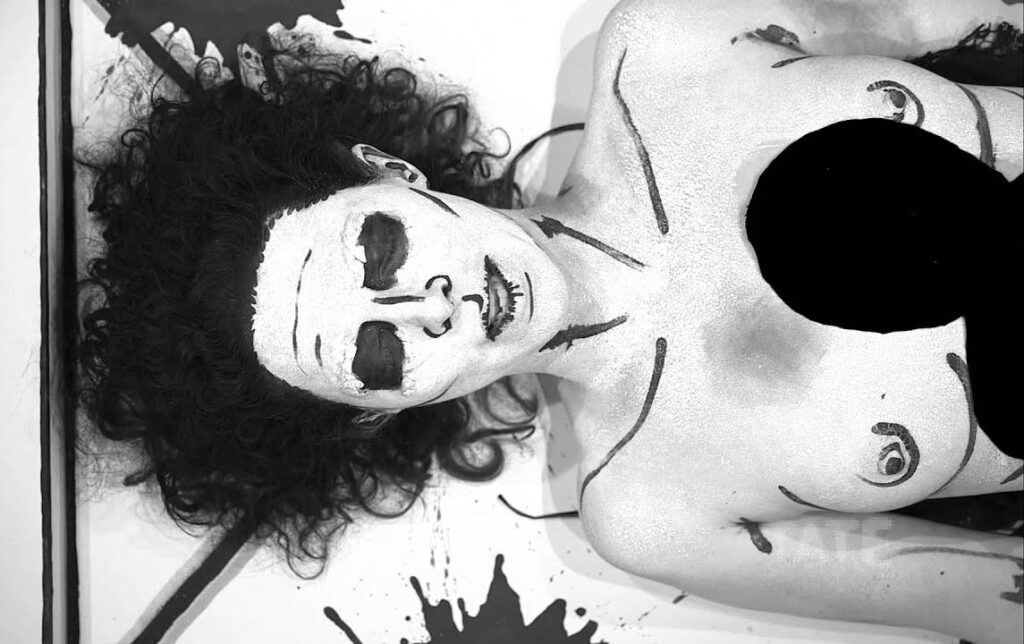
Mary Reid Kelley with Patrick Kelley, This is Offal (2015) Live performance streamed via internet, 8 min., Tate Modern, November 19, 2015; Photo credit: Patrick Kelley. Courtesy of the artists A video of the performance is available here – Mary Reid Kelley works at the boundary between performance, painting, and poetry. She crafts vivid, layered […]
Martha Friedman, 29 Untitled (2018)
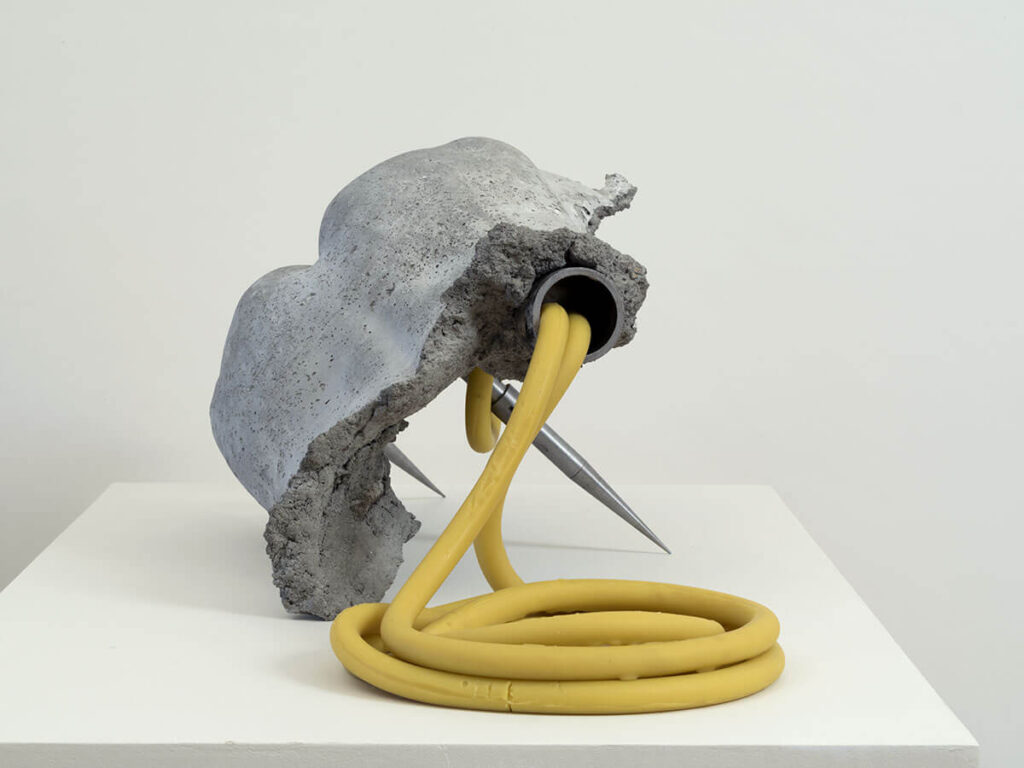
Martha Friedman, 29 Untitled (2018) Concrete, silicone rubber, and steel; Photo credit: John Berens. Courtesy of the artist – The work of Martha Friedman registers her ongoing experiments with materials—especially silicone rubber, concrete, and glass—capable of radical phase change under controlled conditions. She puts these material transformations into feedback loops with the capacities of the […]
Side entanglements on Flax
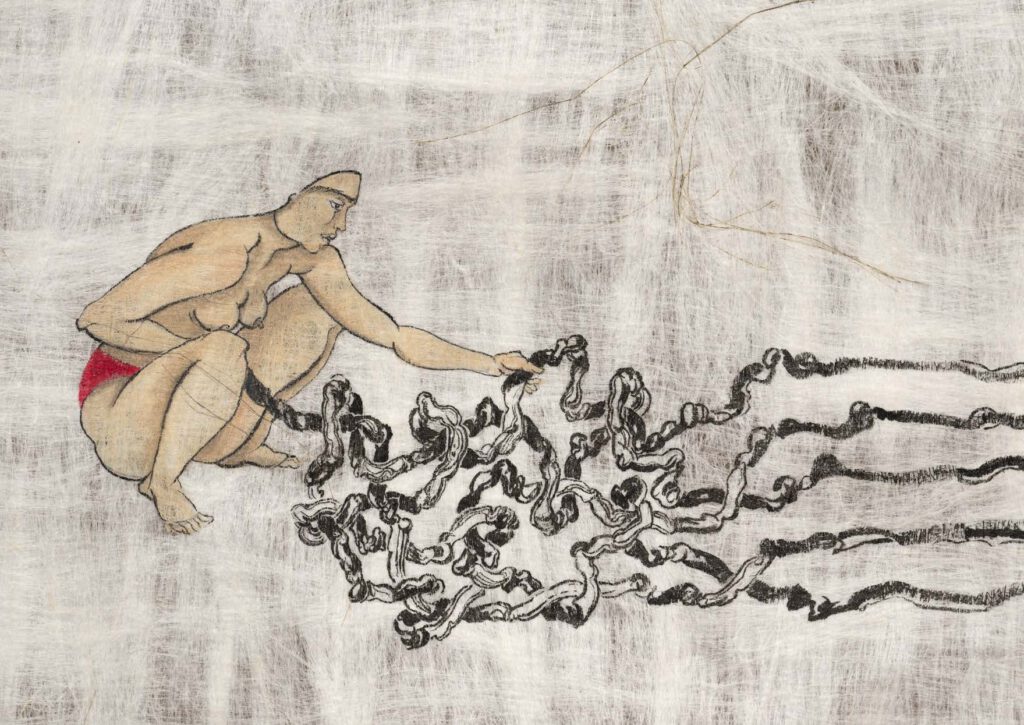
Side entanglements on Flax Hayv Kahraman Side entanglements on Flax, 2022 Oil and ink on flax Unframed: 91.4 × 39.4 cm 36 × 15 1/2 in Framed: 98.5 × 45.6 × 4 cm 38 3/4 × 18 × 1 5/8 in (KAHR 2021035) Read the History
NeuroBust no.5
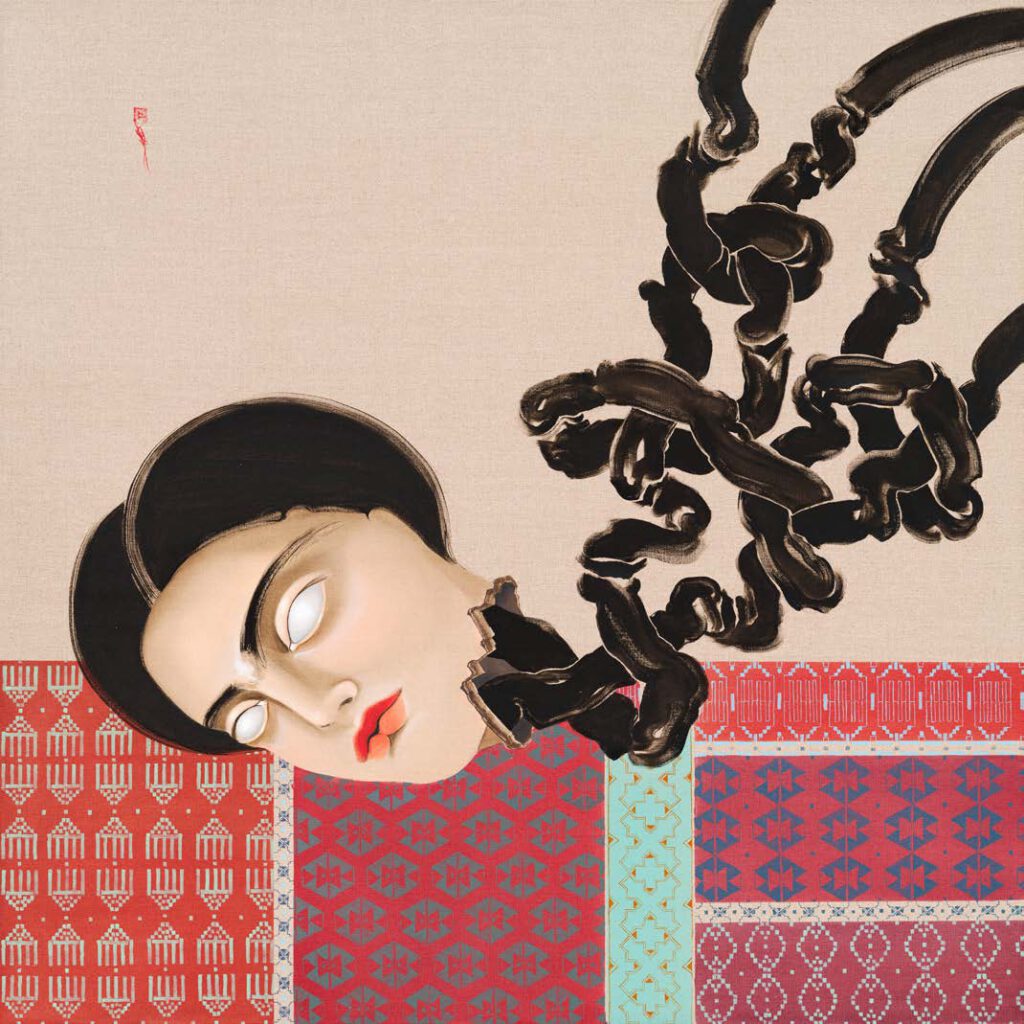
NeuroBust no.5 Hayv Kahraman NeuroBust no.5, 2022 Oil on linen 88.9 × 88.9 cm 35 × 35 in (KAHR 2022004) Read the History
Torshi and eyes
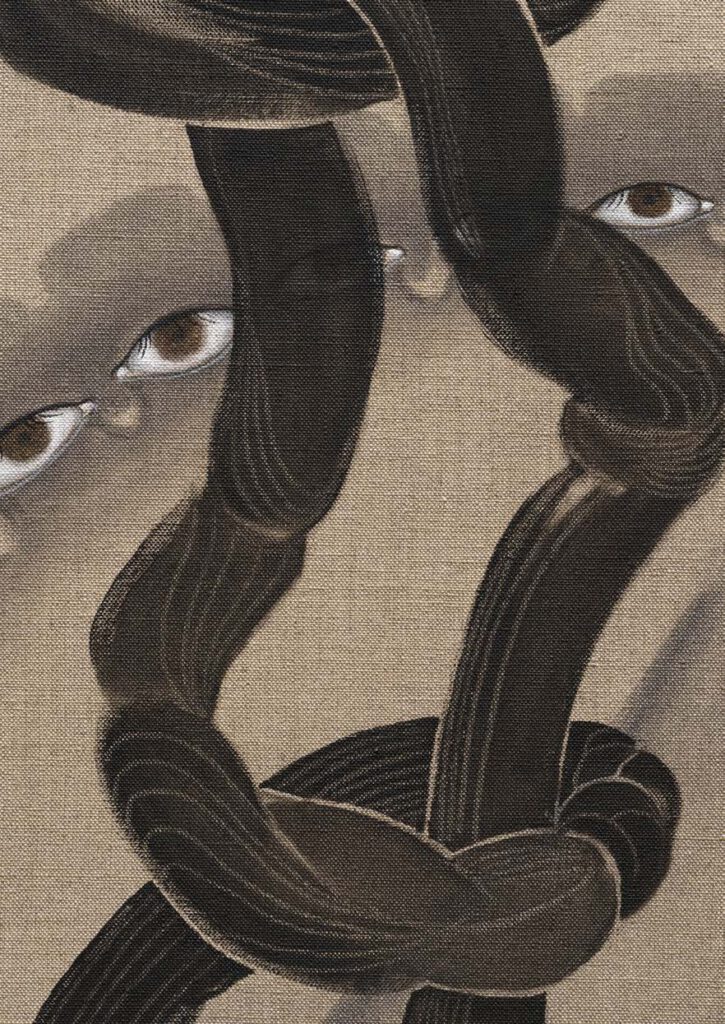
Torshi and eyes Hayv Kahraman Torshi and eyes, 2022 Oil and torshi on linen 127 × 127 cm 50 × 50 in (KAHR 2022006) Read the History
Entanglements with torshi no.2
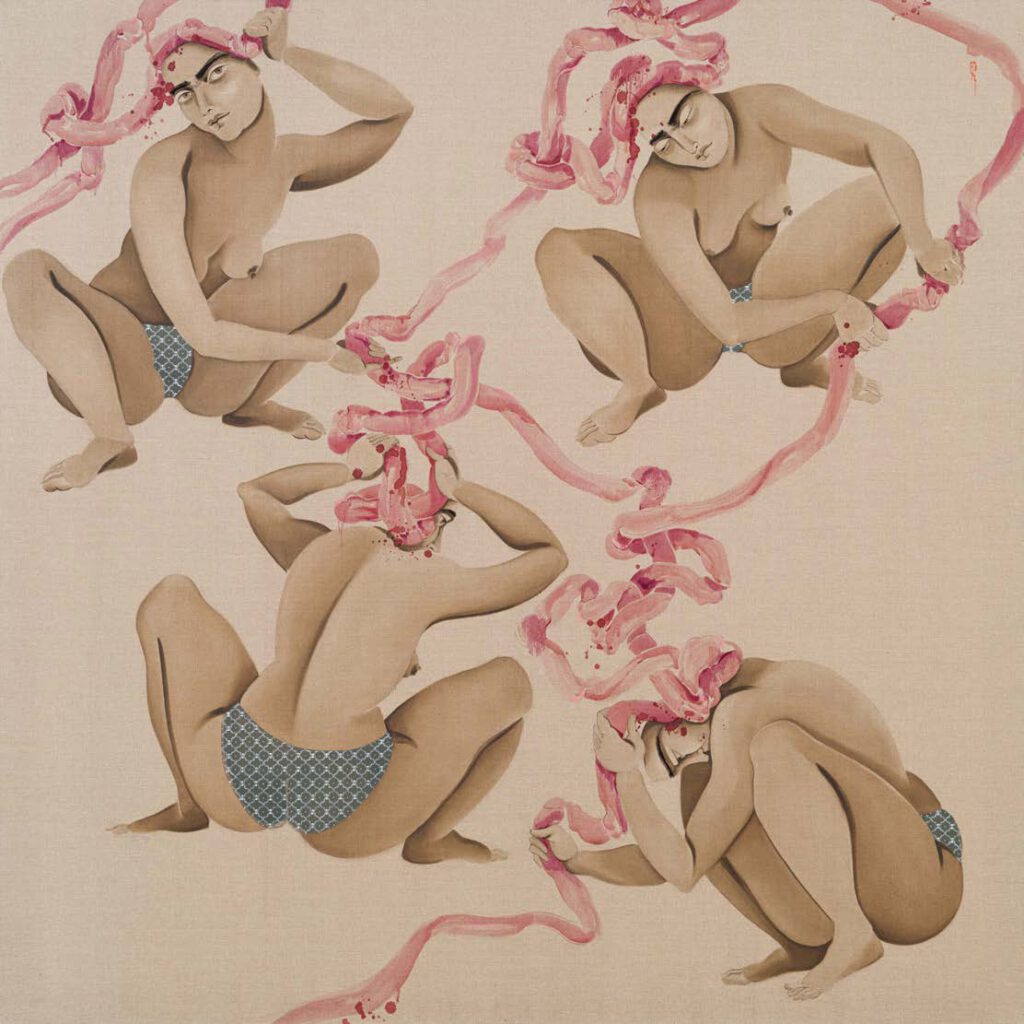
Entanglements with torshi no. 2 Hayv Kahraman Entanglements with torshi no.2, 2022 Oil and torshi on linen 177.8 × 177.8 cm 70 × 70 in (KAHR 2022003) Read the History
